Day 2
Wujin Village
After breakfast and a bike set up, we begin our adventure with an epic 100km ride. Although it sounds like a long day, apart from a reasonably gentle six-kilometre climb, it’s all flat and downhill! We cycle out of town and head straight for Napa Hai on the outskirts of town, a large spectacular water catchment that is visited by several species of migratory birds, including the black necked crane. It’s also a grazing area for livestock and a water source for agriculture that produces wheat, barley and vegetables and surrounded by several Tibetan villages: seen reflected on the lake surrounded by mountains makes for some fine views! We leave the lake behind and start our mornings climb; prayer flags greet us at the pass at 3560m and the highest point of the trip, and then it’s all downhill from here. Our route takes us on a massive descent, over 1000m, to the mighty Yangtze below. Viewpoints will beckon you to stop along the way to take it all in - and there’s plenty of time to do so – as this will be the easiest 100km you’re ever likely to cycle. Tiny Tibetan and Lisu villages will dot the high hillsides as we descend to the river where the ride flattens out. A few small towns are passed by until we reach Wujing, a small Tibetan town where we lodge for the night.
Altitude 1950 - 100km ride
After settling into the hotel, we’ll head out for dinner in town and, time permitting, visit the locally famous old 30m high Buddha tree, named Malishuwang, and check out the local ambiance. Whilst a relatively unknown place to outsiders, Wujing is close by Damofusi monastery high up in the mountains on the opposite side of the river. It’s a remote retreat where hard-core Tibetan Buddhist llamas head to delve into the deeper practices of their religion and, thus, is a pretty well-kept secret outside of in-the-know Buddhist circles.
Accommodation
Local Guesthouse


